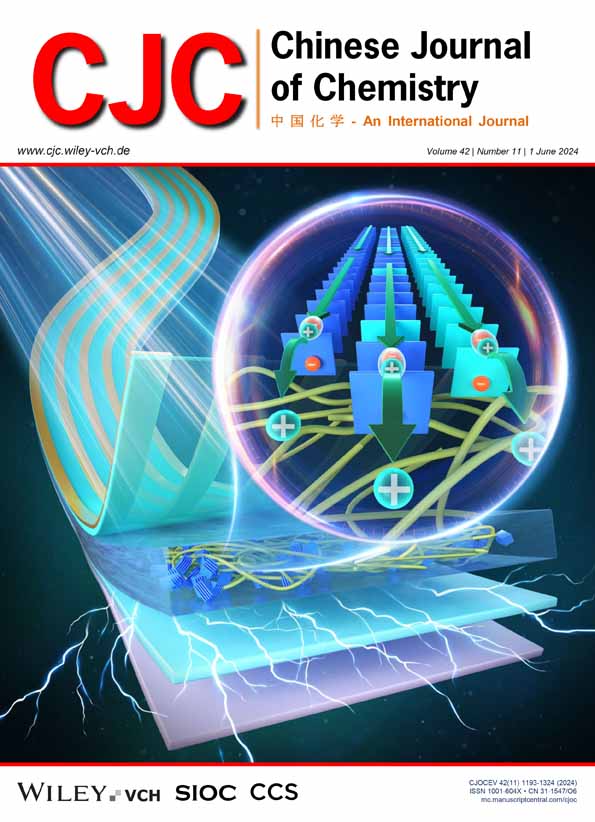Cobalt Complexes Featuring N,O-Bidentate Ligands with N-Oxide Moieties: Synthesis, Characterization and Catalytic Activity in Acceptorless Dehydrogenative Coupling of Benzylic Alcohols with Aryl Amines
Abstract
The transition metal-catalyzed acceptorless dehydrogenative coupling of alcohols and amines is one of the attractive and important strategies for the construction of C=N bonds from the perspective of environmental friendliness and economy. Herein, we report the synthesis of four novel phosphine-free cobalt(II) complexes (Co-1—Co-4) with N,O-bidentate ligands incorporating N-oxide units and their catalytic activity in acceptorless dehydrogenative coupling of benzylic alcohols and aryl amines. X-ray diffraction analyses revealed that the central cobalt atoms in three of the cobalt complexes (Co-1, Co-2, Co-4) were six-coordinated and adopted an octahedral geometry configuration. Catalytic evaluation of cobalt complexes demonstrated that Co-4 exhibited higher activity than the other three cobalt complexes. This system could provide a series of corresponding imine products with good functional groups compatibility and high yields. Especially, the use of phosphine-free and inexpensive cobalt complexes, along with readily accessible N,O-bidentate ligands featuring N-oxide moieties, offers significant advantages for this reaction.

 求助内容:
求助内容: 应助结果提醒方式:
应助结果提醒方式:


